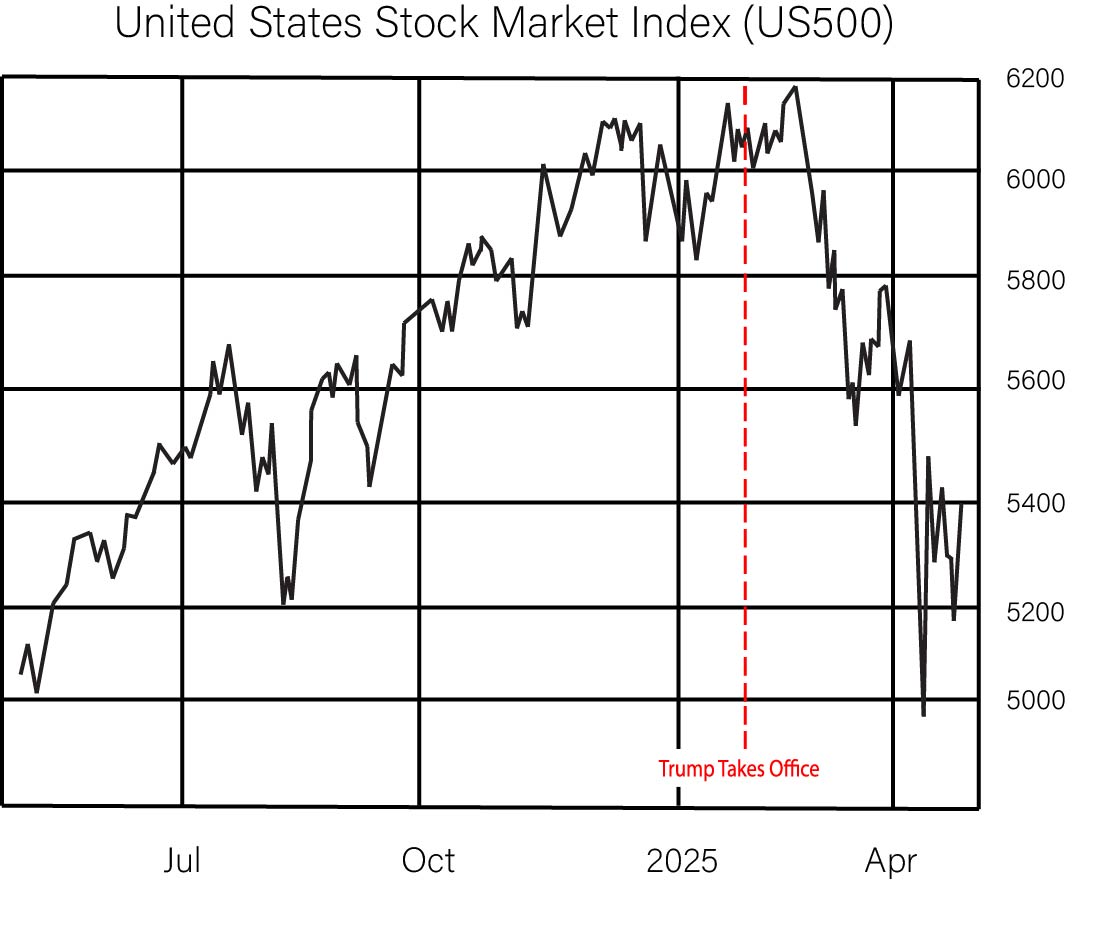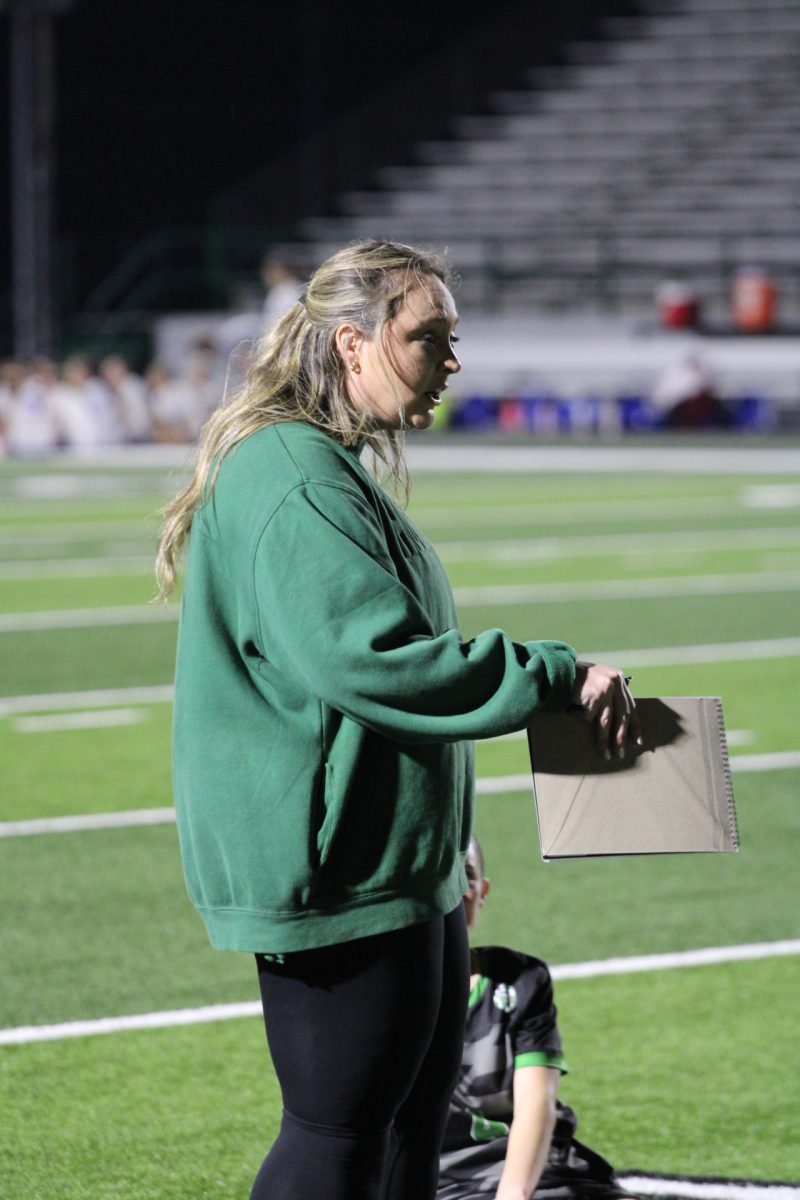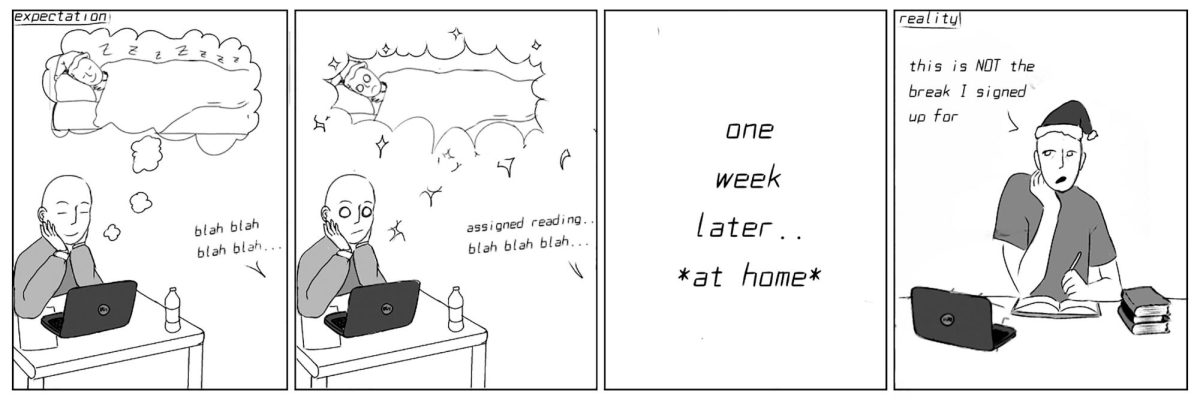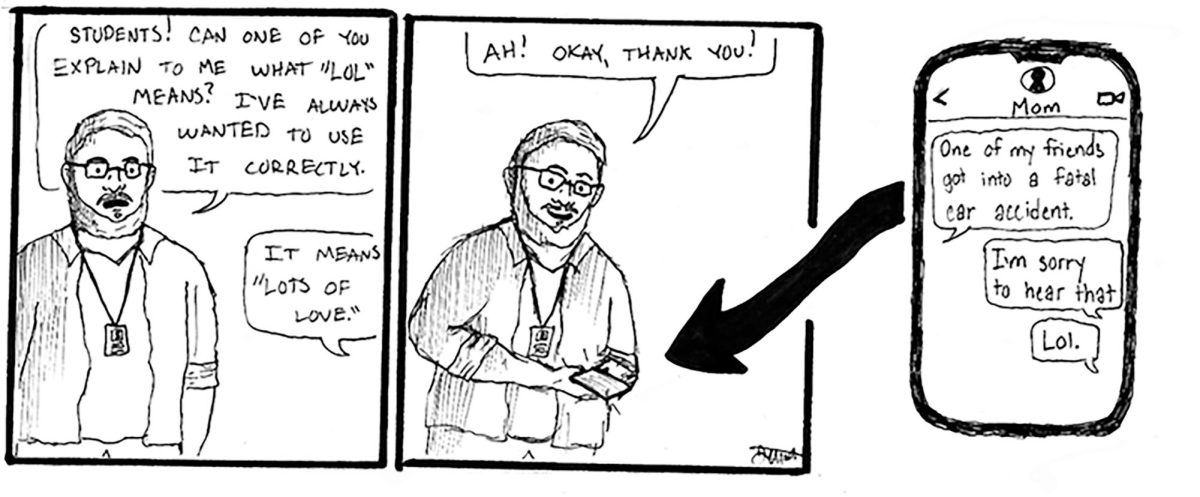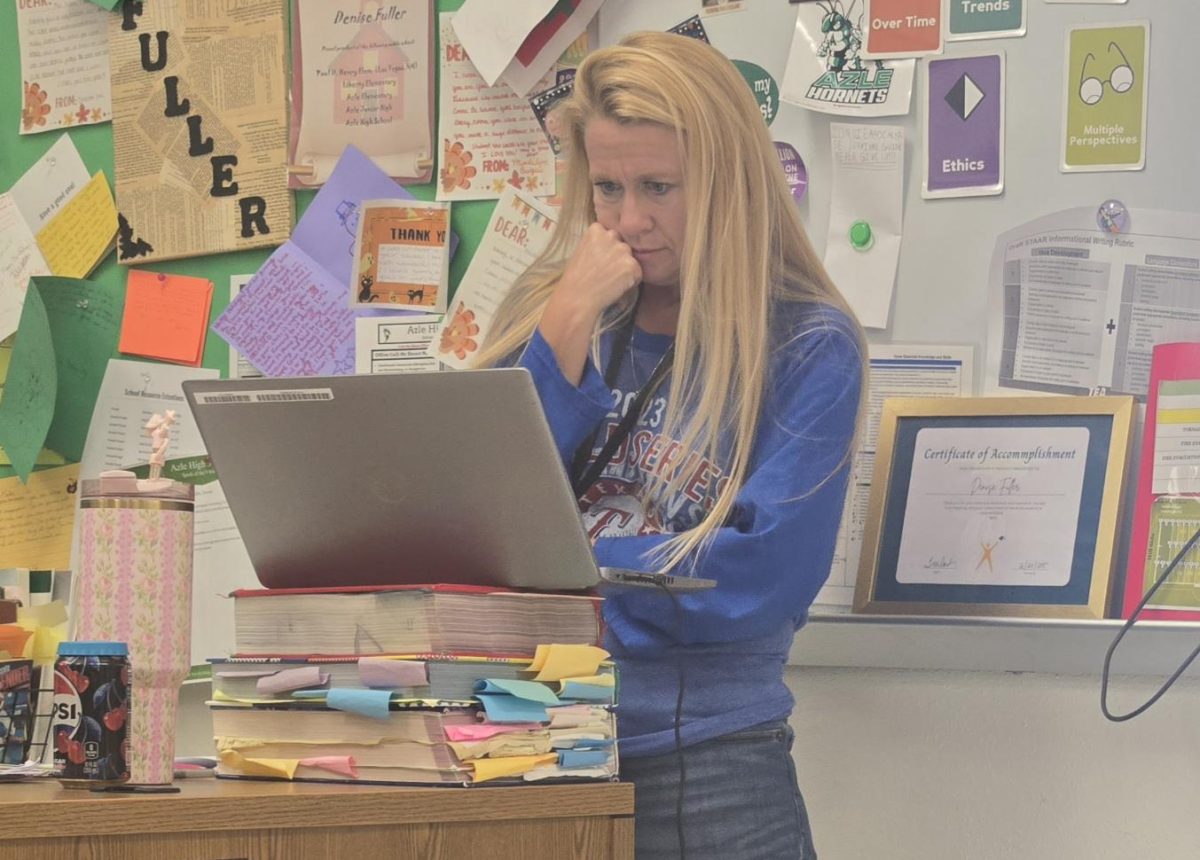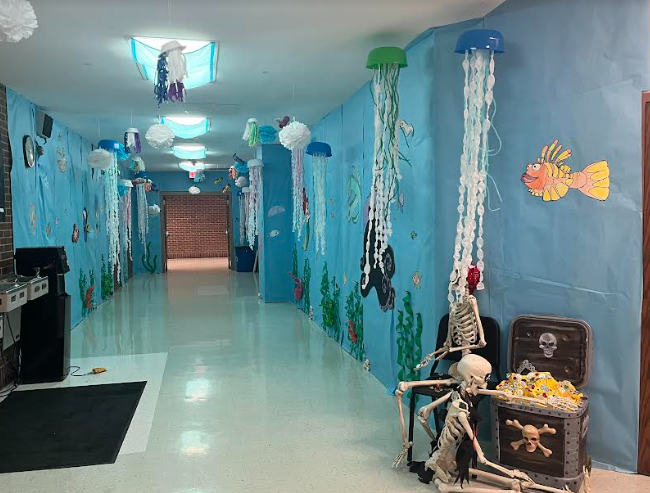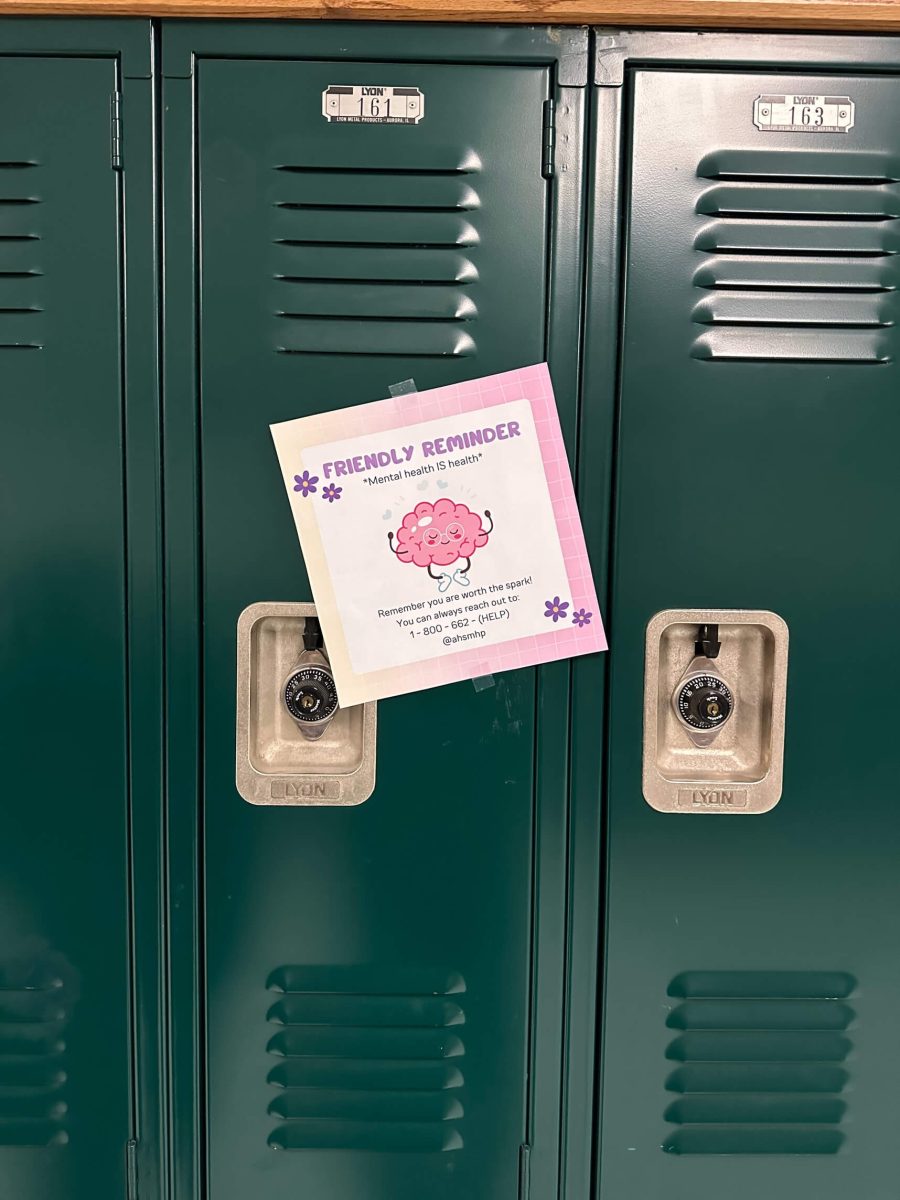Texas prepares for another freeze
The second semester is in full-swing, and since we are in the midst of winter, you may begin to reminisce in fear and wonder of last year’s winter storm that occurred in February. We can try to avoid thinking of the consequences of a snow storm that may share similarities to last year’s and what it could mean for us and our families, but we can’t help it. How much food and wood should we stock up on? What about water? Hopefully, if it does happen, this year will be different. And maybe this time, Texas will be prepared.
Although Texas suppliers are stocking up on supplies to give to anyone affected by an upcoming winter storm, such as water, tire chains for emergency vehicles and new levels of protection to help decrease the possibility of a black-out, it is still not enough.
After the freeze, an article from the Texas Tribune stated that there was a significant lack of communication between the government and its citizens before the power went out and the water stopped. It was especially a problem for those who did not have access to live news on electronic devices or those who spoke a language besides English. News broadcasters and local government officials only focused on broadcasting to audiences who primarily spoke English and had electronic devices. For example, it took about 24 hours before warnings such as boil-water notices were translated for those who spoke Spanish, making them vulnerable to diseases carried in the unsanitized waters. This forced many people who have never experienced these extreme conditions before to prepare by themselves which could lead to the spread of misinformation and false practices to stay safe. Officials in Austin are now preparing to communicate in ways that will reach all audiences in Texas to keep everyone safe and prepared as thoroughly as possible.
However, there are still holes in these plans. The power grid itself is still not prepared for extreme conditions, as it would have to go through a process to join the nation’s power grid that has still not been completely decided on by the state. Instead, Dallas officials plan to provide generators to essential buildings and parts of some cities to help sustain electricity for water plants and other resource producing facilities. But there is still room for worry. There are supply chain issues with providing enough generators for each facility, and they aren’t strong enough to completely ensure that they will provide power with the extreme conditions. It is merely a band-aide on a serious wound.
With the conditions of global warming and climate change becoming a more prominent issue, there is little room for Texas officials to wait to change the electric grid, and though there are solutions being made to help those within Texas, those measures should not have to be made to keep everyone safe. Texas is preparing for another electric shutdown this winter, but how many more seasons will it take before real change is implemented?

Hi, I'm Erika! I'm a senior, and including our journalism team, I am involved with Chapters of Azle, UIL Journalism, the National Honors Society, and the...



